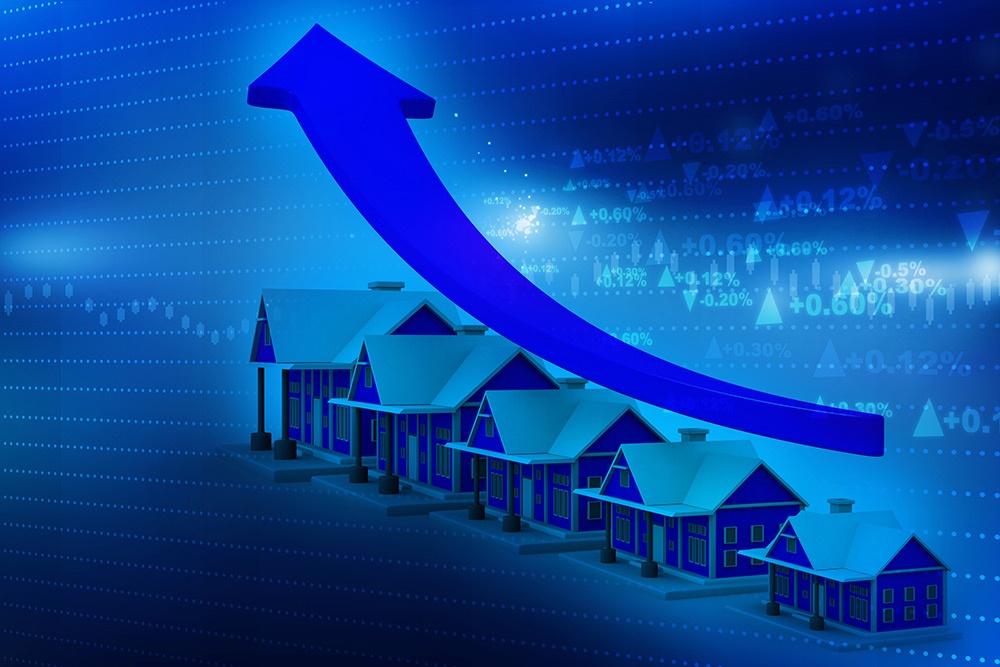
Real estate listings are full of properties that need “a little TLC.” What that often translates to for a rental property is spending untold amounts of money for months’ worth of repair work. Paying to completely remodel an investment property isn’t the only way you lose out on these deals; the property also sits vacant and unrentable while the work gets completed. The next category of rental property are the ones that only need a few cosmetic updates such as new carpeting or a fresh coat of paint. These are relatively easy to turn around and rent out in a short amount of time. The gold standard for rentals, however, is turnkey properties. These are properties that are ready to go on day one — some of them even come with a tenant already installed. Turnkey properties are the fastest way to get your investment off the ground immediately.
It sounds like a cliche, but in real estate, location really is everything. This also applies to rental properties, as the places that rent out faster and at higher rates are ones that are in more desirable areas. When you consider a property, look at the surrounding neighborhood to see what it’s like. Research factors such as the crime rate, quality of the schools, job opportunities, and proximity to restaurants, shopping, parks, and public transit. Also look at the real estate and rental market in the area to get comps and and overall idea of whether the market is on the upswing or declining.
Part of the process of evaluating a rental market should include looking at the vacancy rates in the area. Is there a high demand for rentals in the neighborhood you’re considering? If there’s a high number of rental properties sitting vacant, your property will simply join that number and will compete for a small number of tenants. It’s much better to choose a property in an area where there are more tenants and fewer available rental properties. This will help ensure that your property stays rented (and making money), but it will also ensure that you can ask for the maximum rental rate.
Which properties you look at will largely be guided by your budget. As you are evaluating a rental market and comparing different properties, have a clear idea of how much you can afford to put into each one. What will your down payment requirement be? How much will your monthly mortgage payment, insurance, property maintenance costs, and any association or other fees add up to? Can you afford to cover these costs even during times when the property is vacant?
If you’ve done your homework and the market in the area is good, hopefully, your property will never sit empty. The final item you’ll need to calculate is the monthly rental rate you can charge for any property you’re considering. The property value, square footage and amenities (such as parking, included utilities, and a pool) factor into this. You’ll also need to consider the local rental market to make sure you’re in step with similar properties nearby. Evaluating a rental market involves comparing various layers of data to make the perfect choice. Once you find the ideal rental and begin working with an experienced property management company, you’ll find that rental properties are a truly rewarding long-term investment.